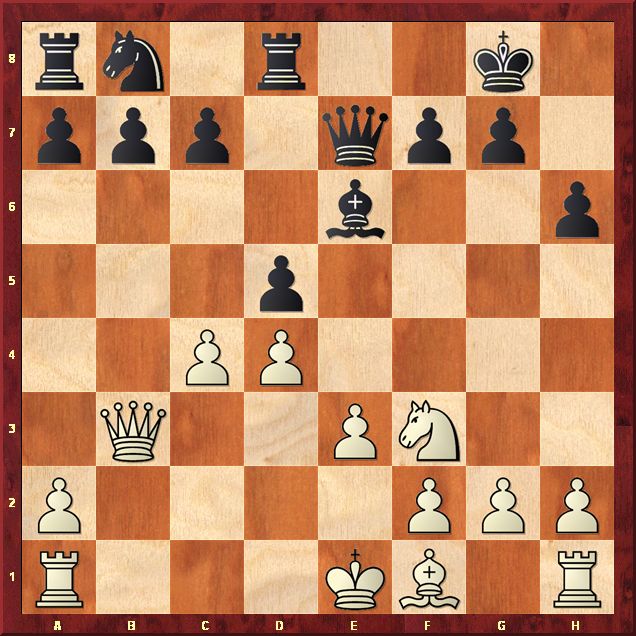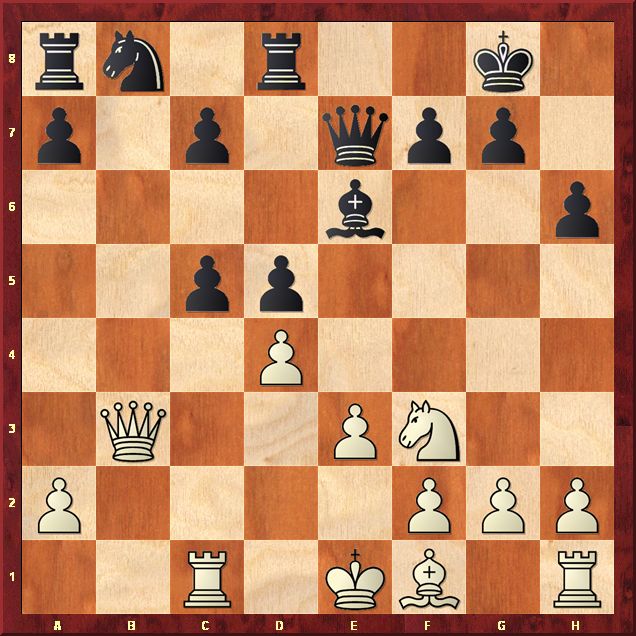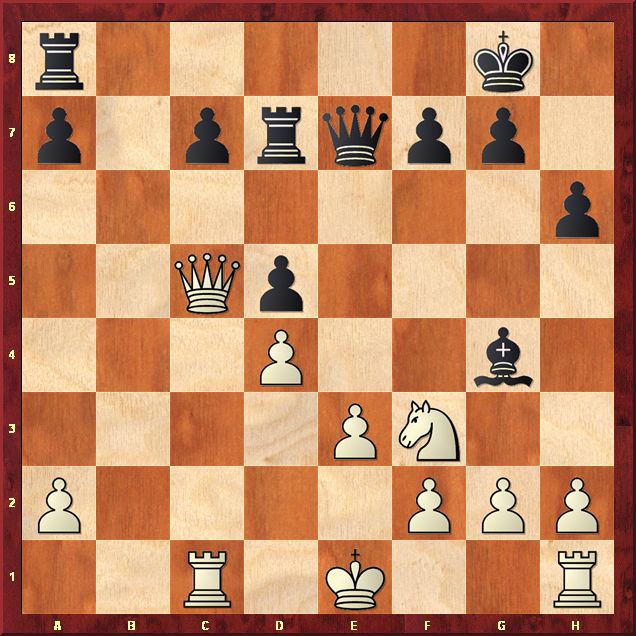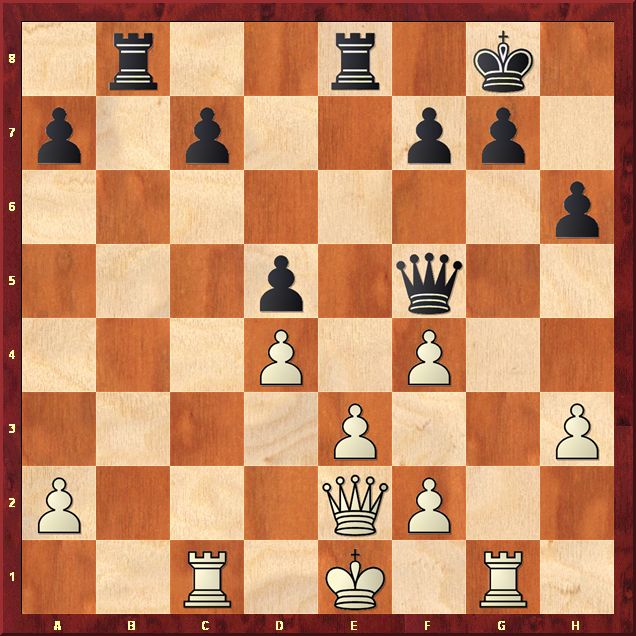Lubomir Kavalek
Huffington Post, October 22, 2010Chess Champion's Class Act
Vishy Anand is the most versatile world chess champion. After all, he won world championships in classical matches, knockouts, rapids and blitz and dominated the advanced chess in which players are able to consult the computers. In this respect, no other world champion comes even close. But the Indian superstar is also a class act and gives credit where credit is due. Twice this year, Anand turned a favorite defense of his former coach, Artur Yusupov, into gold.
"It was a pleasure to have Artur Yusupov working as my second, both personally and professionally," Anand writes in the preface to Yusupov's excellent book Boost your Chess 2, Beyond the Basics, published by Quality Chess. Yusupov was Anand's coach in the matches against Kasparov in New York in 1995 and against Karpov in Lausanne in 1998, but their cooperation seems to continue.
In his two-volume coaching masterpiece, Yusupov brings chess enthusiasts to a master level. He teaches them tactics, positional play, endgames and gives them a solid and sensible opening repertoire. The Lasker variation of the Queen's gambit is a solid defense that Yusupov mastered and is recommending to his students. It is also a defense Anand used in his victory of the crucial last game against Topalov at the world championship match this year in Sofia. But Anand was not done. In the Third Pearl Springs tournament in Nanjing, China, he beat Topalov again with the same defense.

Topalov - Anand
1.d4 Nf6 2.c4 e6 3.Nf3 d5 4.Nc3 Be7 5.Bg5 h6 6.Bh4 0-0 7.e3 Ne4 ("The Lasker variation of the Queen's gambit is a solid and reliable weapon. Black's play is strategically simple and on sound positional foundations," writes Yusupov.) 8.Bxe7 Qxe7 (The exchange of the dark bishops give black pieces more room. The light bishop can be developed on the long diagonal a8-h1.) 9.cxd5 (White plays for a strong pawn center, but allows the bishop on c8 more choices. The most popular line is 9.Rc1, keeping the position closed. The above mentioned game Topalov - Anand, Sofia 2010, continued: 9...c6 10.Be2 Nxc3 11.Rxc3 dxc4 12.Bxc4 Nd7 13.0-0 b6 14.Bd3 c5 15.Be4 Rb8 16.Qc2 Nf6 17.dxc5 Nxe4 18.Qxe4 bxc5 19.Qc2 Bb7 20.Nd2 Rfd8 21.f3 Ba6 22.Rf2 Rd7 23.g3 Rbd8 24.Kg2 Bd3 25.Qc1 Ba6 26.Ra3 Bb7 27.Nb3 Rc7 28.Na5 Ba8 29.Nc4 e5 30.e4 f5 31.exf5 e4 32.fxe4 Qxe4+ 33.Kh3 Rd4 34.Ne3 Qe8 35.g4 h5 36.Kh4 g5+ 37.fxg6 Qxg6 38.Qf1 Rxg4+ 39.Kh3 Re7 40.Rf8+ Kg7 41.Nf5+ Kh7 42.Rg3 Rxg3+ 43.hxg3 Qg4+ 44.Kh2 Re2+ 45.Kg1 Rg2+ 46.Qxg2 Bxg2 47.Kxg2 Qe2+ 48.Kh3 c4 49.a4 a5 50.Rf6 Kg8 51.Nh6+ Kg7 52.Rb6 Qe4 53.Kh2 Kh7 54.Rd6 Qe5 55.Nf7 Qxb2+ 56.Kh3 Qg7 and white resigned.) 9...Nxc3 10.bxc3 exd5 11.Qb3 Rd8 12.c4 Be6!? (As sharp as it can get in the variation. Anand sacrifices a pawn to get his pieces out quickly. The most common line is 12...dxc4 13.Bxc4 Nc6 and after 14.Qc3 Bg4 15.0-0 Bxf3 16.gxf3 Qf6 Yusupov believes that black can equalize, but the overall results tend to favor white.)

13.c5 (Topalov passes on the sharp variation 13.Qxb7. When this variation appeared in Argentina in the 1940s, the line 13...dxc4 14.Qxa8 Qa3 was the only choice, but the recent 13...Qa3!? is a better way to secure counterplay. For example, the game Jobava -Shengelia, Batumi 2002, continued: 14.Rb1 [After14.Qb3 Qa5+ 15.Nd2 c5! black is fine.] 14...Qxa2 [Or 14...Nd7 15.Qb2 Qxb2 16.Rxb2 dxc4 equalizes.] 15.cxd5 Bf5 16.Rc1 Qa3 17.Qxc7 Nc6 18.Rd1 [After18.Rxc6 Rac8 19.Qb7 Rxc6 20.dxc6 Qc1+ 21.Ke2 Qc4+ 22.Kd2 Qc2+ black has at least a draw.] 18...Rac8 19.Qf4 Bc2! 20.dxc6 Bxd1 21.Kxd1 Rxc6 22.Nd2 Qc1+ 23.Ke2 Rc2 24.Kf3 Qxd2 25.Kg3 Rc3 26.Kg4 Qd1+ 27.f3 Qd2 28.e4 Rxd4 29.Qe5 Rd6 30.Qe8+ Kh7 31.Qxf7 Qg5+ 32.Kh3 Rf6 33.Qd5 Rfxf3+ 34.g3 Rxg3+ and white resigned.) 13...b6 14.Rc1 (14.cxb6 is weaker, for example 14...axb6 15.Ne5 Qa3 16.Qc2 c5 17.Be2 Rc8 18.Qd2 c4 19.0-0 Na6 20.f4 Bf5 21.Bf3 Nb4 22.g4 c3 23.Qg2 c2 24.gxf5 c1Q 25.f6 Qaxe3+ 26.Kh1 g5 27.fxg5 hxg5 28.Bxd5 Qxa1 and black won in Girish -Javakhadze, Balaguer 2009.) 14...bxc5

15.Qa3?! (Ideally, white should take on c5 with a piece, but Topalov is making it more difficult. After 15.Rxc5!? Black can sacrifice a pawn 15...Nd7 16.Rxc7 Rab8 17.Qc2 Qa3! with counterplay.) 15...Nd7 16.Bb5 Bg4! (Anand's improvement, threatening to shatter white's kingside. It had to be well calculated because black pieces could be hanging in many variations. A duel between two girls, Purtseladze - Melia, Yerevan 2006, saw 16...Rab8 17.Bxd7 Bxd7 18.0-0 Bb5 19.Rfe1 Bc4 20.Ne5 Qd6 21.Nxc4 dxc4 22.dxc5 [White can still equalize with 22.Rxc4 cxd4 23.Qxd6 Rxd6 24.exd4.] 22...Qd2 23.Rf1 a5 24.Qa4 [After 24.Rxc4 Rb1! 25.Rcc1 Rxc1 26.Qxc1 Qxa2 black has the edge.] 24...c3 and black was better and won in 53 moves.) 17.Bxd7 Rxd7 18.Qxc5?! (Allowing Anand to pounce on the white king. The safer alternative would be 18.Rxc5 Bxf3 19.gxf3 Rb8 20.Ke2. After 18.Ne5 cxd4! 19.Qxe7 Rxe7 20.Nxg4 h5 black wins the knight back with dividends.)

18...Qe4! 19.Rg1 (Leaving his king in the center, but after 19.Ne5 Qxg2 20.Rf1 Re8! the white king is not comfortable, for example 21.Kd2 Rd6 22.Qxc7 Rf6; or 21.Nxd7? Rxe3+ 22.Kd2 Re2+ 23.Kc3 Qf3+ 24.Kb4 Rb2+ 25.Ka5 Rxa2+ 26.Kb5 Bxd7+ and black wins.) 19...Re8 (Anand keeps the pressure on. After 19...Bxf3 Topalov was looking for 20.gxf3 Qxf3 21.Qc6 Rb8 22.Qxh6 with chances to escape.) 20.Qb5 (After 20.Ne5 black's exchange sacrifice 20...Rxe5 21.dxe5 d4! is very dangerous.
For example 22.h3 dxe3!
a) 23.Qxe3 Qb4+ 24.Kf1 Qb5+ 25.Ke1 Rd3 26.Qe4 [Or 26.Qxd3 Qxd3 27.hxg4 Qd5 wins.] 26...Qb2 wins.
b) 23.hxg4 exf2+ 24.Kxf2 Qf4+ 25.Ke1 Rd4 26.Qxd4 Qxd4 27.Ke2 Qxg4+ 28.Ke3 Qe6 and black should win.
c) 23.fxe3 Rd3! 24.Kf2 Bxh3 25.gxh3 Rd2+ 26.Kg3 [Or 26.Ke1 Qd3! Wins.] 26...h5 27.Qe7 h4+ 28.Qxh4 Qxe3+ 29.Kg4 Rd4+ 30.Kf5 Qd3+ wins.) 20...Rdd8 21.Qe2 Rb8 22.h3 Bxf3 23.gxf3 [23.Qxf3 Qxd4-+] 23...Qf5 (With a double-threat 24...Rb1 and 24...Qxh3.) 24.f4?! (Without the light pieces white's position looks like Swiss cheese - full of holes. Anand concludes the game forcefully.)

24...Rb1! 25.Rxb1 (Or 25.Qd1 Reb8!) 25...Qxb1+ 26.Qd1 Rb8 27.Ke2 Qf5 (Black has the white king on the run.) 28.Rh1 Rb2+ 29.Kf3 h5! (White has no defense against the final assault.) 30.a4 (After 30.Rg1 Qxh3+ 31.Rg3 Qe6 32.Qd3 h4 33.Rg4 Rxf2+ 34.Kxf2 Qxg4 black should win; and after 30.Qf1 Qe4+ 31.Kg3 h4+ 32.Kxh4 Qf3!, threatening 33...Rb6, black wins.) 30...Qe4+ 31.Kg3 h4+ 32.Kxh4 Rxf2 33.Qg4 Rg2 (Black mates or wins material.) White resigned.
GM Artur Yusupov, a world championship candidate, was ranked as high as number three in the world in the period from 1986 to 1992. His book Boost Your Chess won the Boleslavsky Medal from FIDE as the best instructional chess book in the world, ahead of Garry Kasparov and Mark Dvoretsky. He lives in Germany, but grew up in Moscow where he was trained.
Quality Chess also published some of the Soviet classic chess books, recommended for tournament players. Isaac Lipnitsky's Questions of Modern Chess Theory was widely read by players of my generation, including Bobby Fischer. In the original version from 1956, the Ragozin variation of the Queen's gambit found its way into Fischer's repertoire. It is not included, but the book gives many great examples of dynamic opening play. Another valuable book is Soviet Chess Strategy by Alexey Suetin, one of the best Soviet theoreticians. He was a long-time coach of the world champion Tigran Petrosian, and guided Vasyl Ivanchuk at the beginning of his career. It is a beautiful treatise on modern strategy and tactics.
Note that in the replay windows below you can click on the notation to follow the game.
Image by Yu Feng
No comments:
Post a Comment